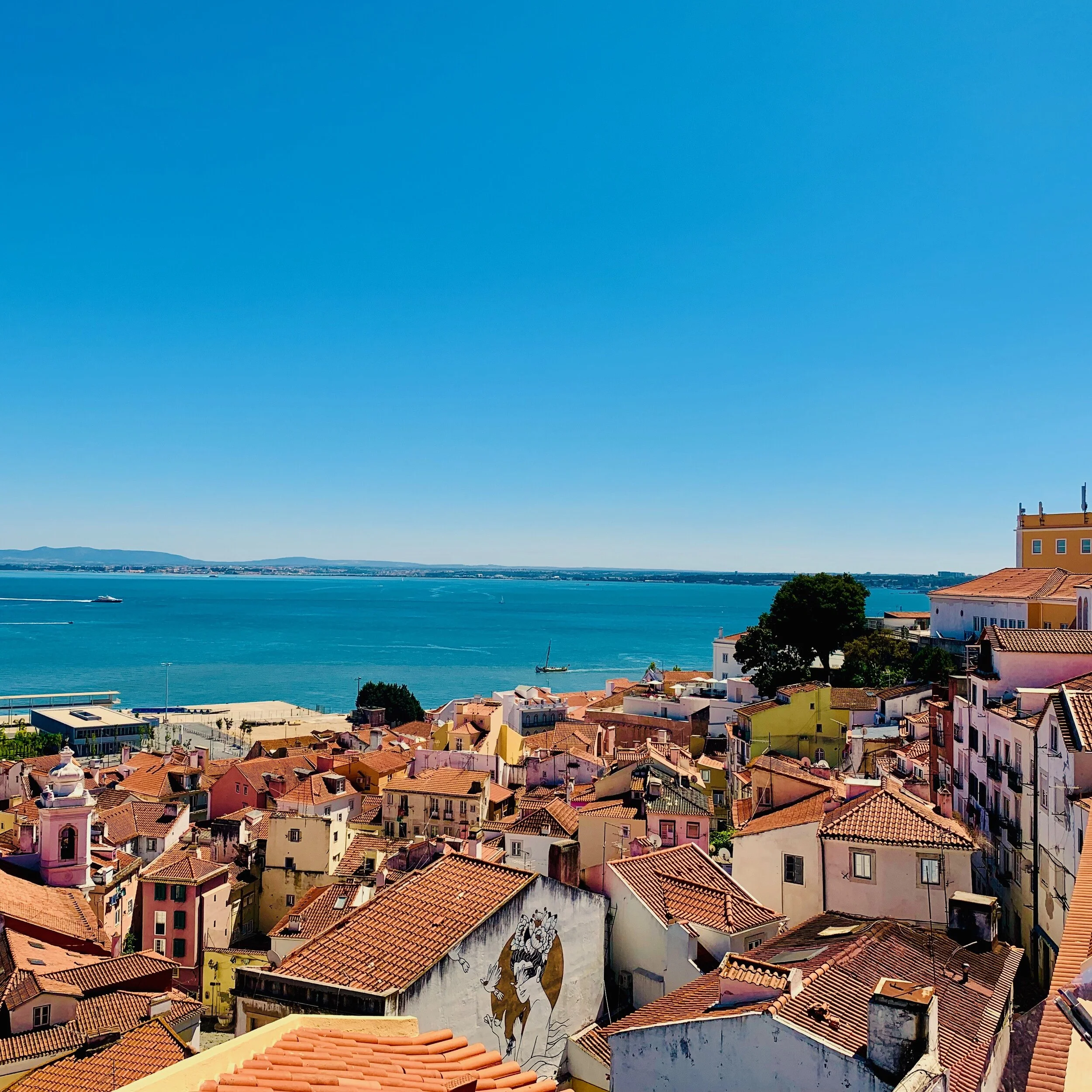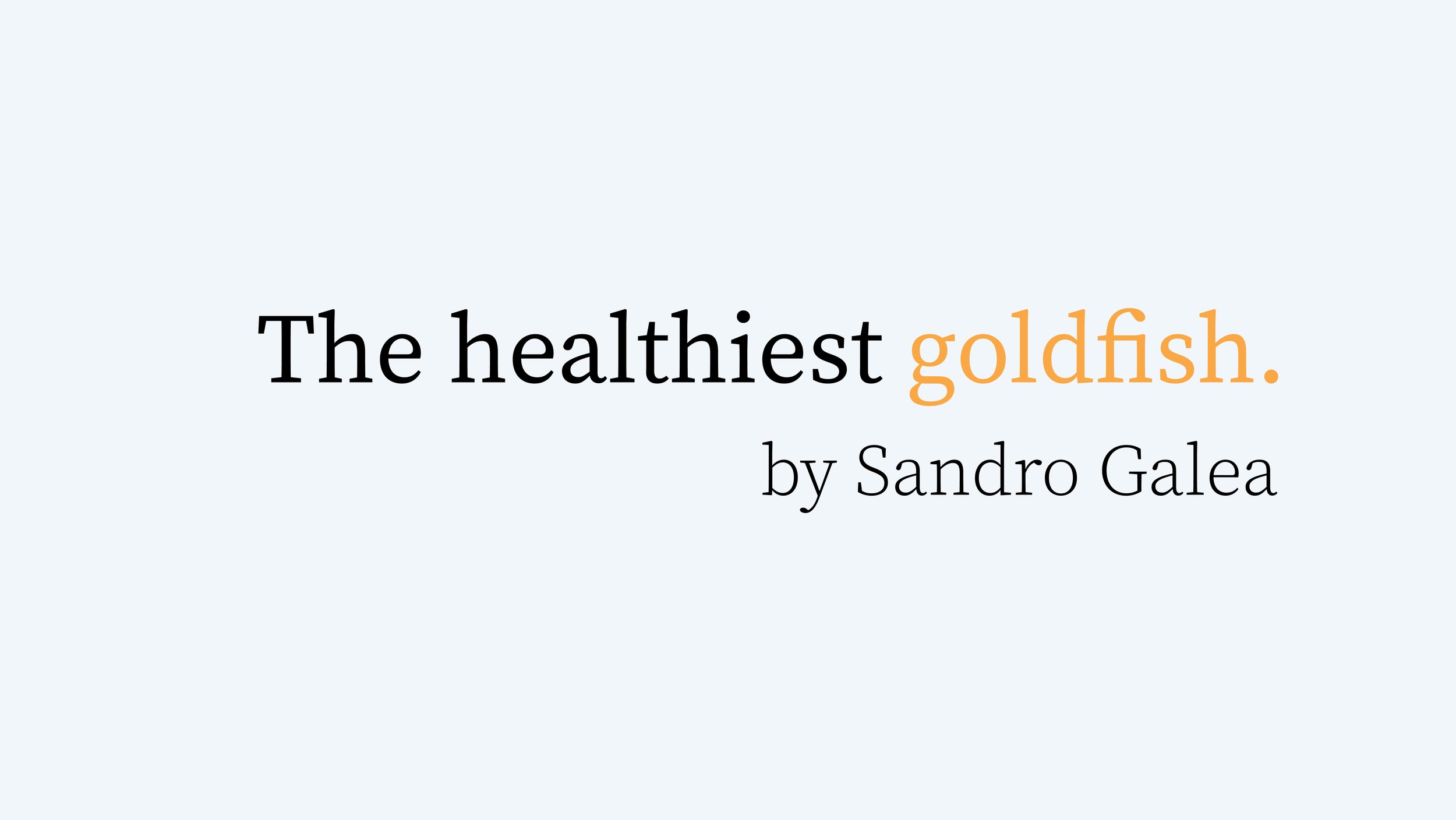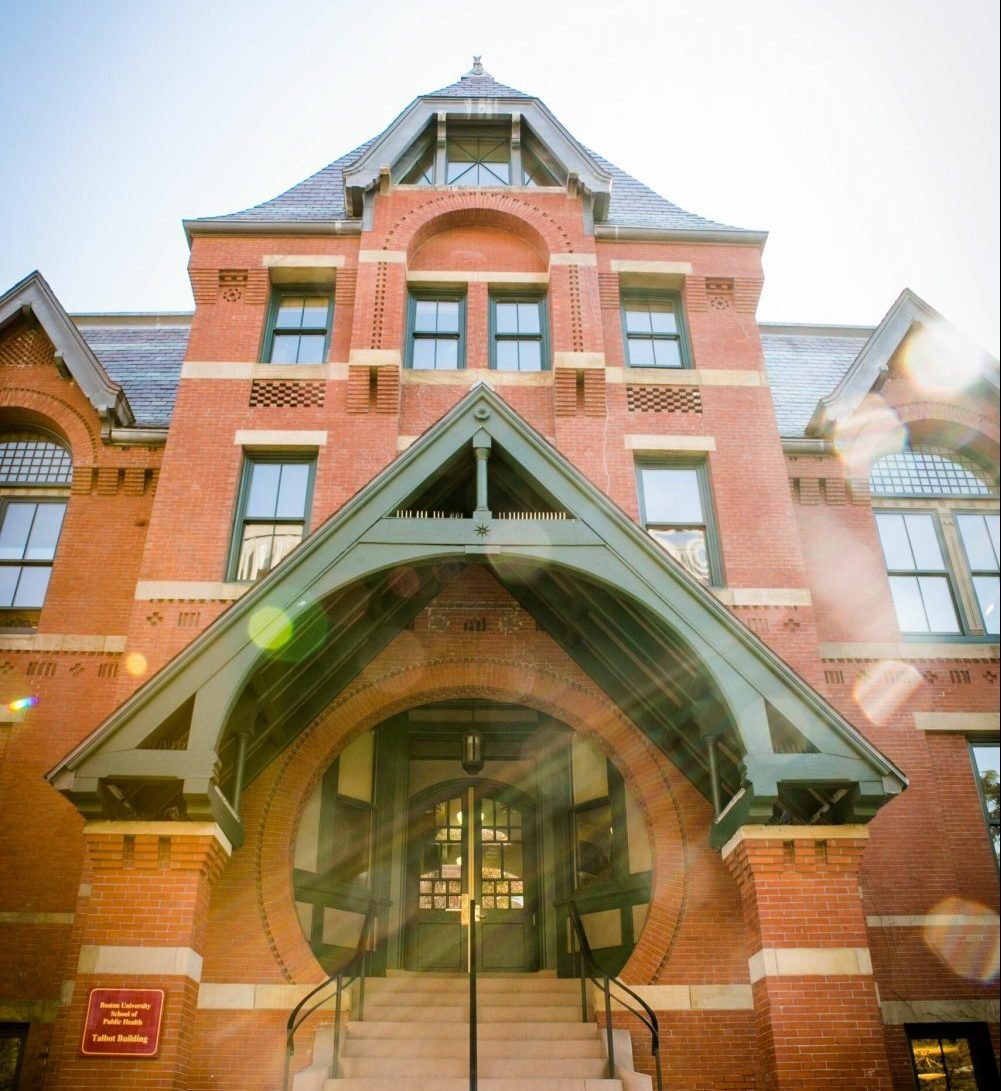On working to generate light, not just heat, in the coming year.
We are entering the last few months of a year that has been marked by horrors. Around the world, we have seen conflicts that have injured, killed, and displaced many. It has been nearly a year since the October 7 attacks, when Hamas invaded Israel, killed 1,139 people and kidnapped 251. Israel’s retaliatory actions in Gaza remain ongoing, a conflict which has killed over 40,000. Russia’s war on Ukraine also continues, with more than 500,000 dead and creating global tensions which threaten the world with their potential for nuclear escalation. In Sudan, a civil war has killed some 150,000 people and displaced over 8 million, with no end in sight. These conflicts are devastating for the millions of humans caught up in them. This reality has made for appropriately strong feelings, particularly on college campuses, as we have engaged with the challenge of what to do, as individuals and communities, when faced with atrocities that harm many.
The moment is ripe for turbulence and belligerence. These global conflicts are occurring against a backdrop of mistrust and division, with politics and culture increasingly polarized. In the US, we are facing a federal election in November with the potential to surface much of this division. It seems fair to anticipate that many of us will be engaged in the moment, that none of us will emerge without emotionally tangling with some aspect of what is swirling around us. This engagement will require, of all of us, a clear-eyed commitment to our core aspiration—to build a healthier world by creating the structures that generate health. This means working in the space of ideas in a way that is constructive, humane, and supportive of the kind of world we wish to see.
Read more here




